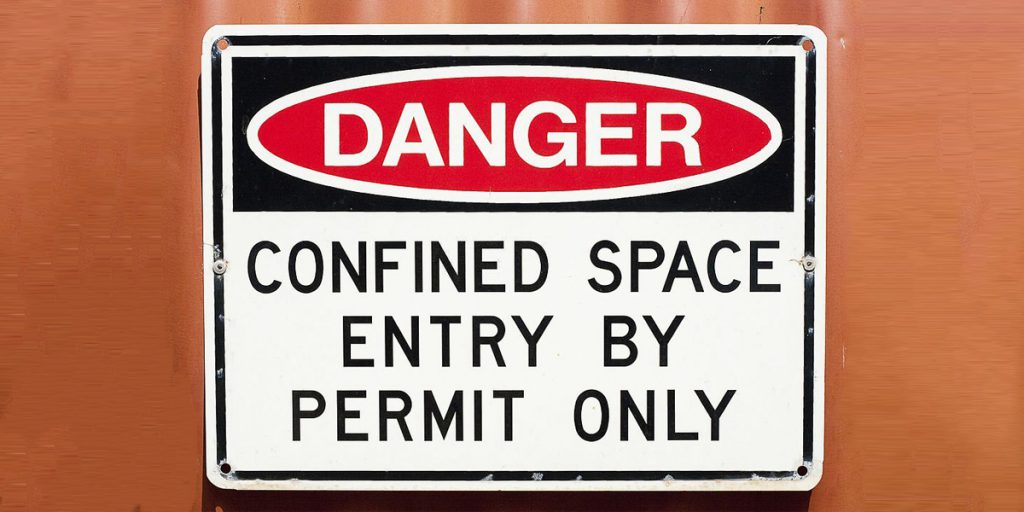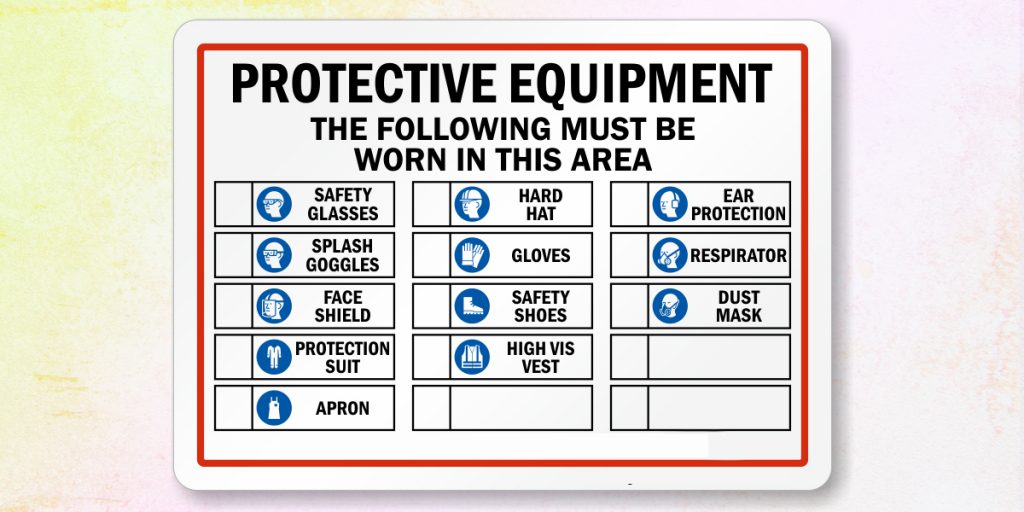An organization’s success in terms of employee welfare and safety is determined by the capability and competency of the employees, the scope of work, and their attitude towards work. Working in confined spaces offers various risks and hazards as these spaces are not usually designed for the extensive presence of workers. Various regulatory bodies have therefore implemented stringent rules and regulations to ensure the safety of employees and other assets. If organizations or workers fail to adhere to the rules and regulations, the likelihood of injuries and damage to property increased drastically.
In India, there is a significant lapse in data available on safe working practices in confined spaces along with a lack of awareness of safety standards required to execute work in these situations. Around 48,000 people die at work in India annually, according to a study by the Indian Institute of Technology.

Identification of Confined Spaces –
Not all confined spaces are easy to identify. Although storage tanks, sewers, or silos are easily apparent, the same cannot be said for chambers or pipes. This in turn poses various risks and hazards such as explosions, dust, oxygen deficiency, and high temperatures among others. Many workers are killed or injured due to these hazards in confined spaces. A major reason behind these cases is a lack of awareness or knowledge among workers. Organizations may also fail in implementing standard processes for work in confined spaces resulting in accidents and injuries.
Workers in the civil works departments that are engaged in wastewater management, water management, and sanitary services encounter tanks, septic tanks, and sewers. These confined spaces are places for high occupational injuries and fatal cases. However, water or wastewater management cannot be avoided as these water services play a major role in maintaining the health of the society and ensuring the sustainability of the environment. Thus, organizations must develop safe working practices and ensure that workers adhere to these practices all the time.
Importance of Trained workers –
It is indispensable to ensure that only trained and competent workers are allotted tasks in confined spaces. They should also be able to perform a risk assessment of the task and the working conditions in confined spaces to help reduce risks and hazards in these spaces. The gap assessment can also be used to train workers, and improve their skills, and their behavior toward work in confined spaces.
It is, therefore, necessary to assess the knowledge, attitude, and practices associated with work in confined spaces to mitigate the number of injuries and deaths in workplaces. Relevant data should also be collected to identify various hazards and risks and devise appropriate measures to avoid reoccurrences of these hazards.
Many workers are unaware of the importance of constant ventilation while working in confined spaces and not only at the beginning of a task. It is a common but inappropriate practice to use ventilation to clear the contaminated air inside the confined space only in the initial phase of the work. Workers must not turn off ventilation even if the air in the confined space is clean. Organizations must rely on mechanical ventilation and ensure that the supply and exhaust hoods are placed and positioned properly at the fume generation point.
Availability and proper use of PPE (Personal Protective Equipment) is also a major issue for workers in India compared to that in developed countries. In some cases, PPE is available but in deteriorated condition. Organizations must increase awareness of the use of PPE to ensure health and safety in the workplace. They should also provide regular and proper training to boost the adoption of PPE in confined spaces.

Conclusion –
The health and safety of workers in confined spaces and other operations is the responsibility of everyone in the organization. The organization is accountable for the health and safety of workers. In confined space work, organizations must ensure transparency in terms of the permits to work and maintain the health records of confined space workers. The organization should also put in place an effective monitoring system to record the health and safety performance of the workers and regularly conduct safety awareness campaigns at the workplace.
Risks are at every workplace. Is your organization prepared to tackle them?
Implement Safe Work Practice through ASK-EHS tailer-made Safety Training Modules to reduce potential risks to the workforce.



